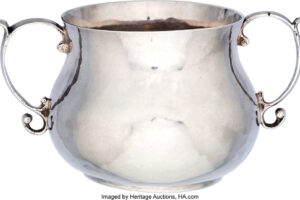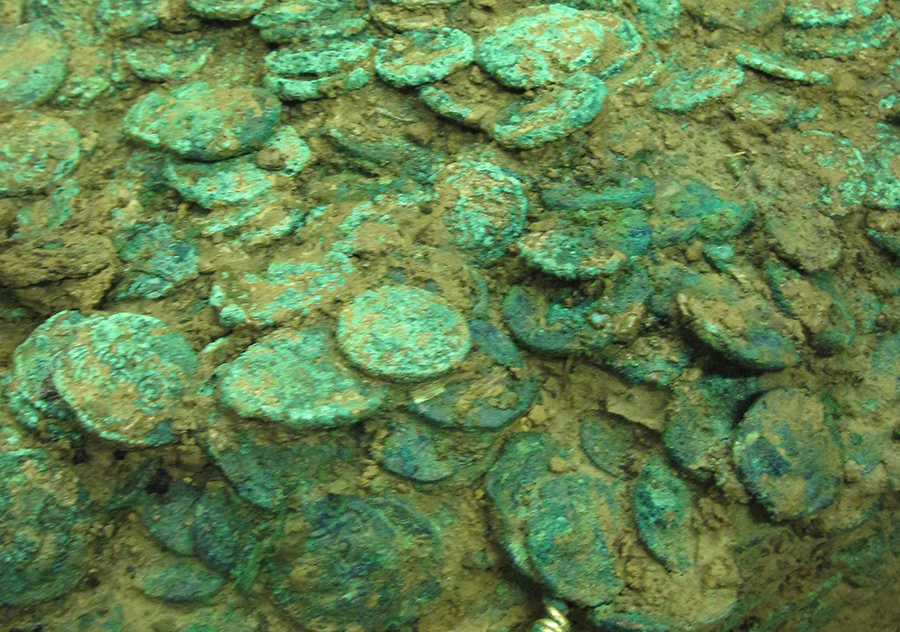If you’re a fan of antique silverware, you may have come across pieces marked with “800” or “80%” silver. This type of silver is known as 800 silver, and it has a long and interesting history. In this blog post, we’ll explore what 800 silver is, what it has been historically used for, and how to identify it using its hallmarks.

800 Silver: Unveiling the History, Uses, and Hallmarks of this Precious Alloy
800 silver is a type of silver alloy that contains 80% pure silver and 20% other metals, typically copper or nickel. It is also sometimes referred to as “continental silver,” as it is commonly used in European countries. Compared to sterling silver, which contains 92.5% pure silver, 800 silver is less likely to tarnish and more durable, making it a popular choice for everyday use.
Historical Uses of 800 Silver

- Currency: Before the widespread use of sterling and 900 silver for coinage, 800 silver was often employed for minting coins in various parts of the world. Its durability and lower cost made it an ideal choice for currency.
- Jewelry: Owing to its malleability and beautiful appearance, 800 silver has been used to craft exquisite jewelry pieces, such as necklaces, bracelets, and earrings. Its lower silver content makes it more affordable than sterling silver, allowing for wider accessibility.
- Tableware and Utensils: Historically, 800 silver has been a popular choice for crafting flatware, serving dishes, and other tableware items. Its durability and lower cost compared to sterling silver made it an attractive option for households.
- Decorative Items: The beautiful luster and versatility of 800 silver have made it a popular choice for creating decorative objects, such as picture frames, mirrors, vases, and candlesticks. These items were often given as gifts or displayed as a symbol of wealth and status.
Silver Hallmarks
Hallmarks are small markings that are stamped onto silver items to indicate their purity, origin, and sometimes the date of manufacture. The specific hallmarks can vary depending on the country of origin, but some common examples include:
- “800” or “0.800”: The most straightforward hallmark, it simply indicates that the item is made of 800 silver.
- Animal or Symbolic Hallmarks: Some countries have unique hallmarks that represent their silver purity standards. For example, Germany uses a crescent moon and crown hallmark, while Italy uses a star and the silversmith’s registration number.
- Date Letters: In some cases, a letter may be included in the hallmark to indicate the year of manufacture.
- Maker’s Mark: The maker’s mark is typically a unique symbol, initials, or name that represents the silversmith who crafted the item.



Is 800 silver considered sterling silver?
No, items that are 80% silver are not sterling. Sterling silver is an alloy that contains 92.5% silver and 7.5% other metals, usually copper. Sterling silver is denoted by the hallmark “925.” In contrast, .800 silver contains 80% silver and 20% other metals, making it a different grade of silver.
Where can you find silver items?


Silver items can be found in various places, such as:
- Antique shops and vintage stores, where you may discover tableware, jewelry, and decorative items.
- Online marketplaces like eBay, Etsy, and other specialized websites for antique and vintage silverware.
- Estate sales and auctions, where you can find a variety of items from different time periods and origins.
- Local jewelry stores or specialized silver dealers that carry antique or vintage silver items.
Where can you sell your 800 silver items?

To sell your silver items, consider the following options:
- Online marketplaces such as eBay or Etsy, where you can reach a wide audience of potential buyers.
- Local antique shops or vintage stores that buy and sell silver items.
- Consignment shops or auction houses, which can help you find interested buyers for your items.
- Precious metal dealers or refineries, who may purchase your items for their silver content.
Will a magnet stick to 800 silver?
A magnet should not stick to 800 silver, as silver is not a magnetic metal. If a magnet sticks to a piece of silver, it may indicate that the item is not genuine or contains a higher percentage of other metals. However, it’s important to note that the magnet test is not foolproof, and further examination or professional assessment may be necessary to confirm the authenticity of the silver item.
Marking Examples
























